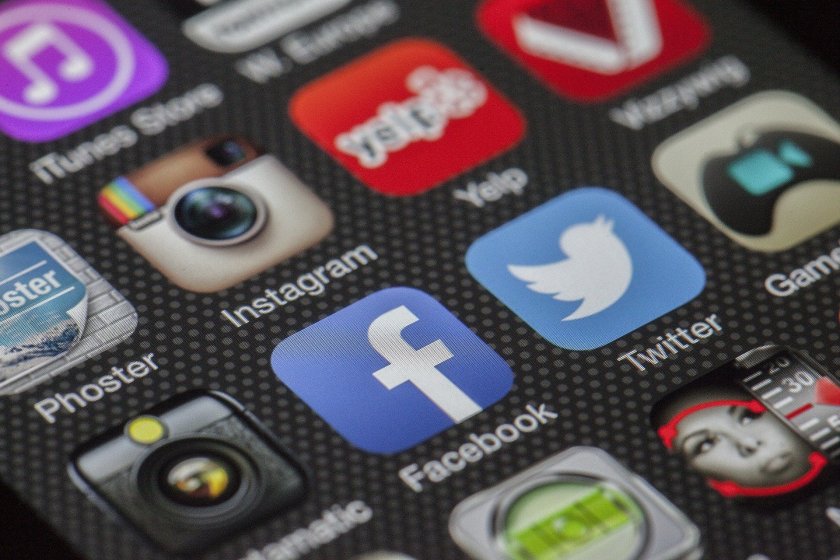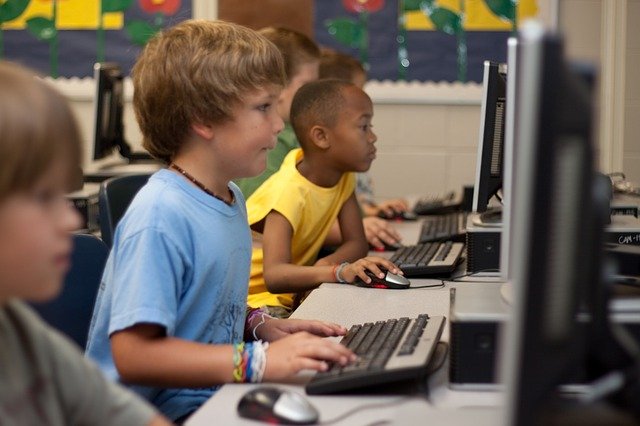
I think few would argue that the online safety risks which students are exposed to these days have gone down. But the big question is, has the effort of schools in protecting students changed in step with increased risk exposure?
But first some good news
Before I go any further, I need to be clear here that this post looks very much at the negative side of things in relation to online safety however in doing so I run the risk of painting a purely negative picture. I therefore think its important to point out the positives of technology. Communication, collaboration, friendship and many more areas of life can see a benefit from appropriate use of online technologies. An Ofcom 2022 report identified that 80% of the children surveyed used online services to find support for the wellbeing, that 53% felt being online was good for their mental health and that 69% of children thought being online helped then feel close to their friends and peers. It is important that we appreciate these positives as for me this highlights the focus should not be about blocking and filtering, which is increasing ineffective, but about discussion and engagement of students around risks and behaviours.
New Apps and Technologies
And now for the risks; I would suggest most students now have mobile phones with internet access, with access to apps such as snapchat, Instagram and the very popular TikTok. The Ofcom survey found that 90% of children owned a mobile phone by the time they reached the age of 11. This access to technology and every changing and evolving app space represents a risk in the explosion of inappropriate content and contacts which students can access via the device in their pockets. As adults and educators we cannot truly know the implications, and this is important to acknowledge, as the situation when we were children was significantly different. There is also a risk here in relation to the increasing use of AI or machine learning within apps to feed users with the content they appear interested in, reinforcing these interests or curiosities even when exposure to such content may be inappropriate or even dangerous.
Pandemic
The pandemic accelerated things pushing everyone more online than ever before as we had to learn through online contact with teachers, maintain relationships with friends and families again through online solutions and occupy our time without leaving our homes, an issue which online games and other platforms where all too happy to address. It wasn’t so much a case of “should we” engage with technology, online tools and online spaces, but a case of what other choice do we have. This has both increased the need to use and also the use of technology, including all its benefits but also risks.
IT Curriculum
We have also seen a decrease in time in schools where digital citizenship, its risks and issues can be discussed. Yes online safety should appear across the curriculum and as part of keeping children safe in education, however there are lots of other competing topics and requirements. Previously the GCSE IT provided an opportunity for specific time to be allocated to discussions of digital citizenship and online safety however with its removal this opportunity has been lost. Now some may say the Computer Science GCSE is still available, however it doesn’t have the same number of students studying for it plus as a subject has a decidedly different slant than the old GCSE IT, which doesn’t lend itself to quite as much discussion of digital citizenship. Now I will note the GCSE IT wasn’t without its problems as a course, however I feel a redesign would have helped rather than its removal. Looking forward, I see similar risk of lost opportunity in the planned defunding of the BTec qualifications which include a number of IT qualifications.
Conclusions
I think all schools will likely be able to point to what they do in relation to online safety. My concern though is this hasn’t changed much over the years. Celebration of internet safety day, annual talks or presentations, digital councils and/or digital leaders meetings involving students, etc, these are not new, yet the risks and exposure of our students to technology and these risks has grown significantly, and even more so over the last two or three years, driven by the pandemic. The risks are growing yet the mitigation measures largely remain the same. There is a clear inbalance.
I think one of the biggest challenges continues to be time. The curriculum is already full of content and various competing requirements, with most offering value. The question therefore is one of identifying where there is the greatest value and I would advocate that time allocated to digital citizenship is critical. The challenge here is I don’t feel education is particularly good at this prioritisation, instead trying to do everything, and in doing so this causes workload issues, greatly subdivided focus and other issues.
Technology use is only going to increase so the more we can prepare our students, and get them to evaluate and consider how, when and where they use technology, the better. Digital citizenship needs to occupy a bigger part of student studies, both in preparing them for the future, but also equipping them to deal with technology risks both now and in the future.








